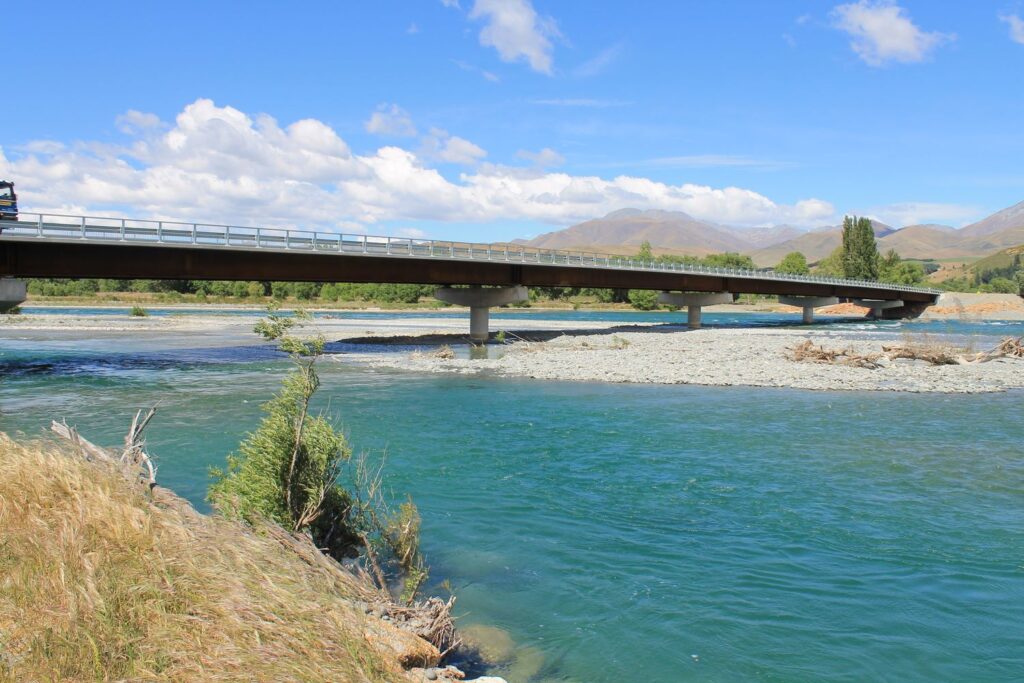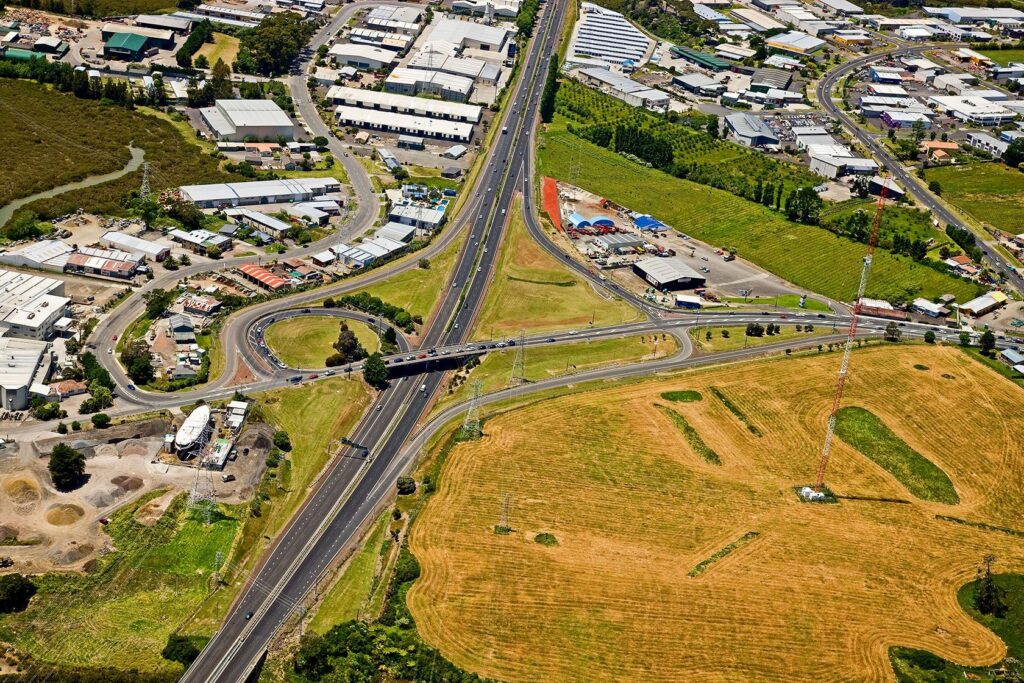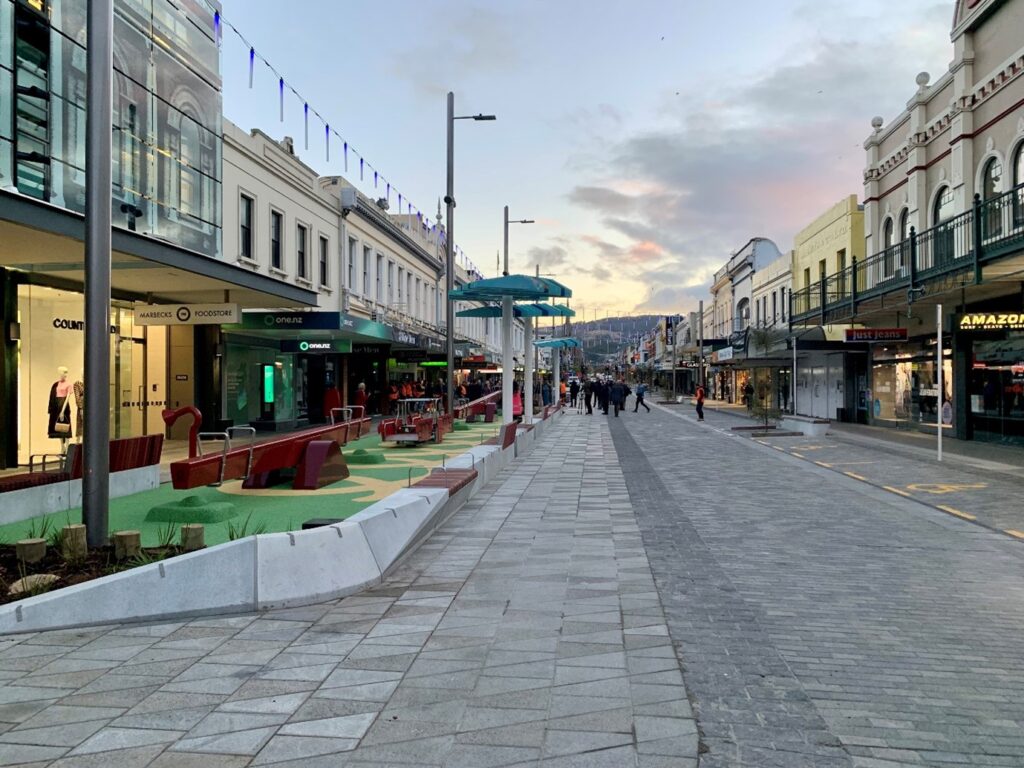Unlocking project potential with early contractor involvement (ECI)
In today’s infrastructure landscape, delivering certainty in programme, cost and outcomes is more complex than ever. From shifting risk profiles to higher stakeholder expectations, clients need smarter ways to navigate delivery.
The most effective approach starts long before a shovel hits the ground: engage early, collaborate effectively and build trust. Using early contractor involvement (ECI) is one procurement tool to achieve early design input to identify opportunities and highlight risk.
Over the past decade, we’ve supported major projects that have embraced ECI, including the Russley Road (SH1) upgrade in Christchurch, the Waitaki Bridges replacement, Dunedin City Council’s Retail Quarter upgrade, and the Lincoln Road Interchange in Auckland. These projects, though diverse in location and scope, share one common outcome — the ECI model in these examples led to better delivery, stronger stakeholder relationships and more resilient, community-centred infrastructure.
Why Early Contractor Involvement? Six lessons
- Start with a shared mindset
True collaboration begins with intent. When contractors, designers and clients commit to transparency, open dialogue and shared outcomes from the outset, projects are more resilient to challenges.
On Russley Road, buy-in from all parties of how we would engage as a project team was instrumental in delivering the project 10 months ahead of schedule. Similarly, in Waitaki, Dunedin, and Lincoln Road, fostering a collaborative mindset from the beginning helped teams navigate complex local conditions and stakeholder needs with agility.
- Clarity and structure enable creativity
Bringing contractors in can have benefit if done under the right circumstances and at the right time. The key is creating a clear framework — well-defined roles, responsibilities and decision-making channels.
In Dunedin’s Retail Quarter, a clearly scoped ECI phase enabled flexible, iterative design informed by contractor feedback, while still aligning to the Council’s broader urban revitalisation objectives. The result? Enhanced pedestrian spaces, more efficient traffic management and community spaces that locals are proud of. Similarly, the Lincoln Road Interchange used a structured ECI approach to enable smart staging and coordination, allowing construction to proceed while maintaining traffic flows on one of Auckland’s busiest corridors.
- Shared risk unlocks smarter solutions
Too often, risk is something to shift rather than face head on. But ECI works best when risks are identified early and managed collectively.
Across all four projects, we developed priced risk registers with input from all delivery partners and assigned the risk to the party best positioned to manage it. This not only reduced overall project risk but also empowered innovation and reduced contested ownership of risks when they did eventuate.
In Waitaki, this meant we used lightweight materials to reduce seismic load and improve crane logistics. On Russley Road, staging workshops with Christchurch Traffic Operations Centre ensured efficient construction sequencing and traffic flow while building the Memorial Avenue Interchange. Both approaches would have been harder to achieve without open, upfront conversations about risk and opportunity. At Lincoln Road, early engagement and shared risk management enabled innovative solutions — like designing around buried services and overhead powerlines — to be integrated without impacting programme.

- Stakeholder engagement must be continuous and meaningful
Early engagement is not just for delivery partners — it’s also essential for partnership with iwi or Traditional Owners, or involving community, landowners and local businesses. Projects that prioritise ongoing communication and genuine engagement reap the benefits of local support.
At Russley Road, we held open days and community workshops to maintain transparency throughout construction.
On Lincoln Road, continuous engagement with community stakeholders helped minimise disruption and maximise access through careful staging and temporary traffic layouts.

In Waitaki, working closely with local residents helped smooth the bridge transition and build public trust. And in Dunedin, regular engagement with businesses on George Street helped fine-tune design features and mitigate construction impacts — ensuring the upgrade supported local commerce, not disrupted it.
- Sustainability must be embedded early
Embedding sustainability from day one ensures that environmental outcomes aren’t an afterthought — they’re a driver of design and delivery decisions.
On all four projects, ECI helped surface practical sustainability measures. At Russley Road, contaminated material removal was minimised, and clean fill was reused onsite reducing both cost and environmental impact. In Dunedin, locally sourced, low-carbon materials were prioritised, while Waitaki’s design innovations supported both seismic resilience and sustainability goals.
- Flexibility builds resilience
Perhaps one of the greatest strengths of ECI is the ability to adapt. Whether it’s shifting community needs, budget adjustments or technical challenges, early collaboration builds the trust and structure needed to pivot when necessary.
This was particularly evident in Dunedin, where the design was continually refined based on feedback from stakeholders and contractors — adding value without compromising delivery timeframes or budget. ECI allowed the team to co-create a solution that was not just functional but loved by the community.

Improving projects through ECI
ECI isn’t a silver bullet, but when applied with the right mindset, governance and commitment to collaboration, it transforms how infrastructure is delivered.
As we look ahead to future programmes, whether they involve complex transport interchanges, heritage bridge replacements or city centre upgrades, our experience tells us this: early alignment delivers lasting impact.
From Russley Road to Waitaki to Dunedin — and to Lincoln Road — these projects prove that when we build partnerships early, we also build better communities.






